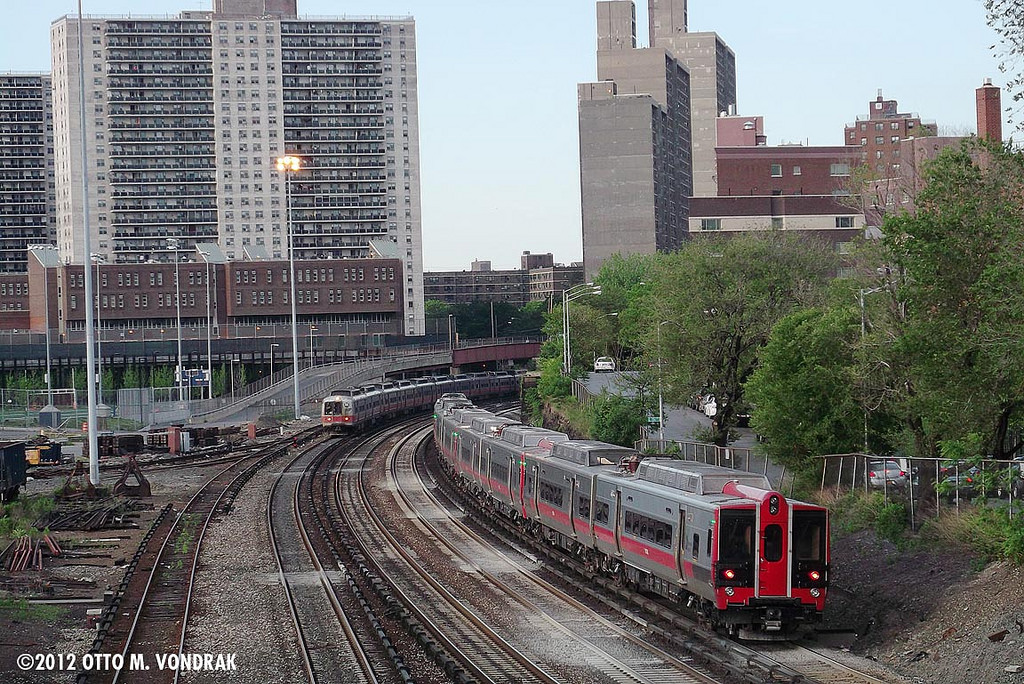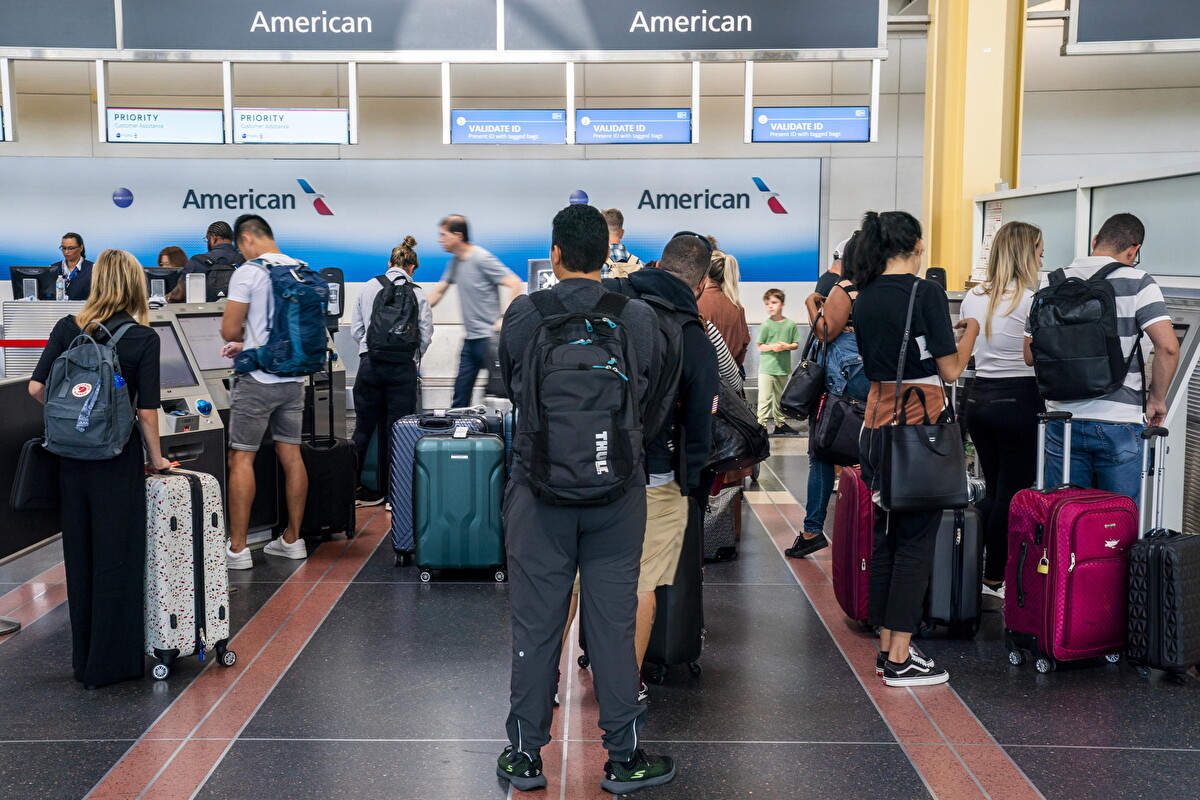
When I received a call from Alex Grant, a friend at Doyle Auction Gallery, inquiring about interest in posting his home as a film location; I was hesitant. I had only barely heard of Mott Haven, and wasn’t even clear on where in the city it was located. His home, an 1882 brownstone, was unlike any other I had represented. A very middle class unadorned urban home, w. nothing in the way of architecturally significant features. This property turns out to be one of the most requested locations, based exactly on this description!
As I’ve become somewhat of a ‘location addict’, I am often distracted as I watch a film, trying to determine the location of a scene. What often surprises me, is how many homes / apartments in feature films/ TV are in the most basic, forgettable ‘blue collar’ settings. i.e. ‘all in the family’, ‘happy days’, ‘modern family’; to name a few.
For those unfamiliar with this particular area, it is in the southwest corner of the Bronx, on a waterfront enclave, and designated an historic district. In 2015, the NYTimes referred to Mott Haven as a section in transition. A mix of both industrial and residential, MH is gradually reinventing itself.

Mott Haven Historic District is located bet. 138th – 141st St on Alexander Avenue. Predominately residential with row houses dating to the last half of the 19th century, these handsome brownstones are known historically as Doctors Row & Irish Fifth Avenue. Mott Haven was once considered the ‘piano district’. The Clock Tower; a former piano factory, is now a rental building.
The Bronx was named after the Swedish sea captain Jonas Bronck. Bronck built his farm on land that is now on the corner of Willis Avenue & 132nd St in Mott Haven. Although he only lived in the area for 4 yrs, the land became known as ‘Bronchsland’.
In the NW corner of the Bronx lies Riverdale, an upper middle class residential neighborhood, and the northernmost point in NYC. Early in its residential development, Riverdale was a 19th century estate district where many of Manhattans moguls built their country estates. In northern Riverdale, Major Joseph Delafield purchased 250 acres in 1829 and named it Fieldston, after his family estate in England. Development of the neighborhood began in the latter half of the 19th century, once the NY Central and Hudson River Railroad came through. In an effort to consolidate his railroad, Cornelius Vanderbilt had tracks laid along the north side on the Hudson River so that trains, coming from Albany, could join with the New Haven line, coming directly into his ‘new’ Grand Central Depot. A route still used by Metro-North today.

Riverdale covers approximately 3 square miles and has one of the highest elevations in NYC affording it extraordinary views of the Empire State building, the George Washington Bridge & NJ’s Palisades. Riverdale is home to the modernist landmark Saul Victor house, designed by Ferdinand Gottlieb in 1967. Before the development of Riverdale, housing consisted of architecturally distinguished mansions built in the early 20th century and mostly in Georgian & Tudor revival styles. One is reminded of rural Connecticut rather than the city. Most of these homes are concentrated in the Fieldston section; knowns as the ‘estate area’. Riverdale is home to the city’s 3 top private schools, Horace Mann, Riverdale Country Day & Fieldston, as well as Fordham University.

The rich history here, has led to the creation of the Riverdale Historic District. When my relatives (from a former life) moved to Riverdale in the late ‘60’s, they enjoyed the convenience of small, neighborhood shops which they patronized. Although they’ve made a strong commitment to the neighborhood, the rise in commercial real estate has forced out many of these unique specialty shops. Unfortunately, they’ve been replaced by the ‘usual’ blocks of chain stores, which have become a familiar landscape seen throughout much of the city. In spite, they believe it still maintains much of its original appeal, namely the close proximity to Manhattan as well as to Westchester, where their son and family now live
In the southernmost part of Riverdale lies Spuyten Duyvil. Historian Reginald Pelham Bolton claims the name means ‘sprouting meadow’. Development here began in the latter part of the 19th century. Condominiums & coops began to be built in the 1950’s and continued through the ‘80s, bringing an influx of affluent families attracted by its scenic qualities as well as proximity to Riverdale & Fieldston.
One of the main attractions (for foodies; etal) would be Arthur Avenue, ‘the Little Italy of the Bronx’, aka the Belmont section. The Arthur Avenue Retail Market, a version of an Italian Bazaar, brings together all the specialty shops around the nearby streets…. from sausage makers to bread bakers; cafes to florists. Visitors from the tri-state area attest to the lure of this distinct area, confirming that ‘you don’t have to be Italian to enjoy Bronx’s Little Italy’.
While we’re on the subject of ‘attractions’ … one of the city’s / country’s most notable sites is the Bronx Zoo; the largest metropolitan zoo in the United States and among the largest in the world. It is renowned for its diverse animal collection and its award winning exhibitions. It opened its doors to the public in 1899. The Rockefeller Foundation adorned the gardens inside the Fordham Road Gate, which was once a famous landmark in Como, Italy. Originally built by Bragio Catella in 1872, it stood in the main square by the lakeside. It was bought by Wm Rockefeller in 1902 for 3.500 lire (equivalent to $637) and installed at the Bronx Zoo in 1903. The fountain was designated a NYC landmark in 1968.

The Bronx is also home to one of the city’s most beautiful boulevards, the Grand Concourse. It was designed by Louis Aloys Risse, an Alsatian immigrant, who first conceived of the road in 1890 by connecting the borough of Manhattan to northern Bronx, and modeled it on the Champs-Elysee. In 1939 the Grand Concourse was described as the Park Avenue of middle class Bronx residents, with exquisite Art Deco & Art Moderne architecture lining the boulevard. Over the years it has undergone a series of major development & reconstruction plans. What was once a highly desirable residential thoroughfare, began to deteriorate in the 1960s. However, as recently as 2013, funding has been allocated for reconstruction of the Grand Concourse, from 166th to 171st Streets, and was expected to be complete in late 2017. Additional funding for a completion to phase 4 of this renovation is currently in progress.
Because of the attractive Deco buildings and close proximity to Manhattan, the southern portion of the Grand Concourse has been experiencing a ‘renewal’, with young professional families being drawn to the area…. as well as an established residential real estate market of buyers requesting Riverdale, Spuyten Duyvil & Fieldston.
In addition to the many attractions of this diverse borough, the Bronx is another area worth exploring on your journey through New York City.
A special thanks to Ray Wagner for his excellent navigational skills. And to Lynn Wagner for an insiders view of Riverdale.












